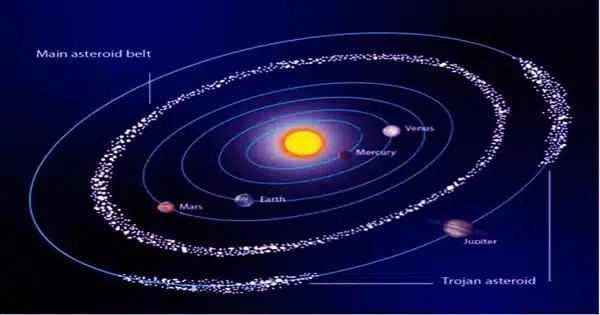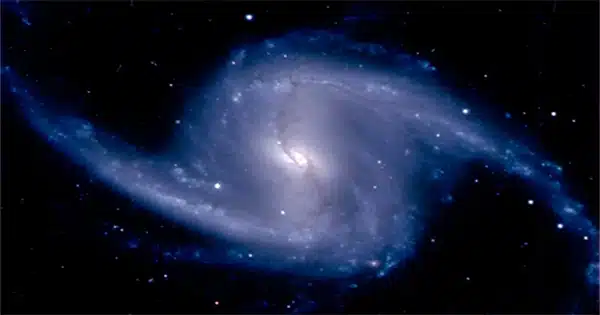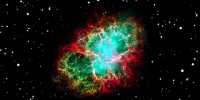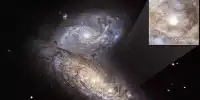The Dark Energy Survey takes a decade to determine the value of the cosmological constant—and it’s smaller than you think! There were other articles, too, including one about primitive black holes, which I’ve published below because I’m compelled by the constant gravity of black hole news, as well as two other tales related in some way to heads.
Humans perceptive: Dogs’ primary sense is olfactory, and if their visual perception detects something fascinating in their surroundings, the first thing they do is stick their adorable little noses into it. However, humans can sense millions of colors, whereas dogs can only perceive a fraction of the olfactory cues.
If you smell natural gas in your house, you utilize your cute tiny retinas and their super-dense constellation of photoreceptor cells to figure out which gas knob on the stove is open. Researchers at Johns Hopkins University created retinal organoids in a lab to study how human visual perception develops.

They discovered that retinoic acid regulates whether a cone cell specializes in seeing red or green light; humans and related primates are the only organisms on the globe that can see red light.
The researchers discovered that high amounts of retinoic acid in the early developing stage were associated with larger ratios of green cones, resulting in red-green colorblindness. Finally, the researchers intend to use the data from retinal organoids to develop treatments for macular degeneration, which causes the loss of photoreceptive cells in the retina’s center.
Heads cleared: As vertebrates evolved, heads began to emerge—theorists argue that either segmental components of the trunk evolved into a skull or that the head emerged as a separate, unsegmented body part.
Researchers at the University of Fukui used sophisticated microscope techniques to analyze lamprey development, shedding light on the origins of primitive segments and the head mesoderm in vertebrates. In their research, they discovered that the evolutionary mechanism for the creation of the head mesoderm was the separation of front and rear elements in primitive creatures.
“Our findings revealed a different evolutionary origin for the vertebrate head mesoderm, suggesting that it evolved from the repatterning of an ancient mesoderm and diversified even before the emergence of jawed vertebrates,” Assistant Professor Takayuki Onai, one of the contributors, stated.
Holes oversized: The James Webb Space Telescope and the massive amount of data it has collected have yielded a new understanding of primeval black holes at the center of galaxies in the early universe—specifically, that they were much larger about the galaxies they occupied than those of the observable universe today.
In the modern universe, supermassive black holes and the star populations they inhabit have a definite and predictable scaling relationship that was not there when the universe was young.
“We discovered that distant, young galaxies violate the relationship between black hole mass and stellar mass, which is well established in local, older galaxies:
“These primeval black holes are undoubtedly overmassive in comparison to the stellar population of their hosts,” says Roberto Maiolino, a scientist at the University of Cambridge.
Number computed: In likely the greatest physics event of the week, the 10-year-long Dark Energy Survey reported its final measurement of a universal quantity known as “w”—the equation of state of dark energy. Astronomers have known since the 1990s that the universe is expanding and that the rate of expansion accelerates over time.
Because the mechanism generating this acceleration is unknown, physicists dubbed it “dark energy.” The value of parameter “w” describes the ratio of pressure to energy density, and scientists believe it should be -1. The Dark Energy Survey employed the same cosmic yardstick that physicists used to discover rapid expansion 25 years ago: Type Ia supernovae.
The bigger sample size and larger region resulted in a w value close to -1.
In reality, they arrived at -0.8, which is more precise than earlier measurements but with uncertainty more akin to horseshoes and hand grenades than the true value of the cosmological constant. Further research with a larger sample size and decades of effort could yield a more precise figure. As lousy writers who can’t think of a kicker could type immediately before sagging into their chairs and falling asleep, “Stay tuned!”














